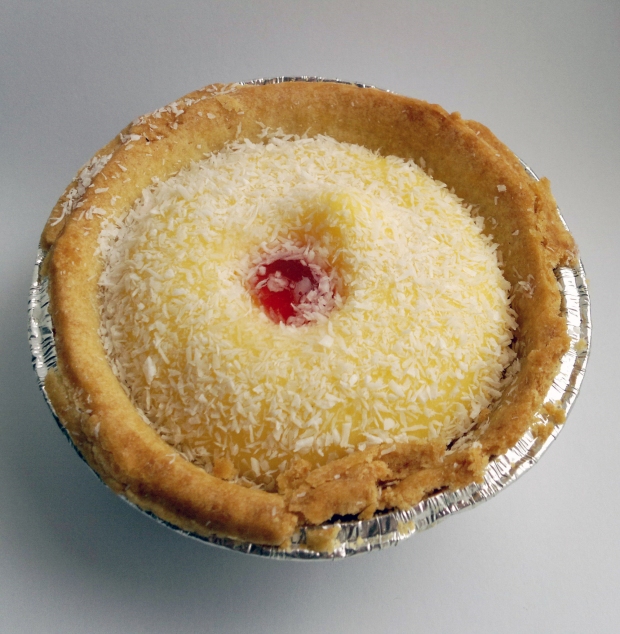 1. The 24/7 news cycle is never an excuse for inaccurate reporting, no matter how confused or fast moving the incident or how many people are clamouring for information. The quest for quick should never outweigh the need to verify and get it right. This is especially true when major incidents are unfolding – the world is watching, but most importantly, the people directly affected are too. (If you need advice on how to verify online information then this a great place to start)
1. The 24/7 news cycle is never an excuse for inaccurate reporting, no matter how confused or fast moving the incident or how many people are clamouring for information. The quest for quick should never outweigh the need to verify and get it right. This is especially true when major incidents are unfolding – the world is watching, but most importantly, the people directly affected are too. (If you need advice on how to verify online information then this a great place to start)
2. #fakenews is a term of abuse against all journalists. This infographic from Politifact shows how frequently Trump is using the term on Twitter, in interviews, in speeches and at news conferences. Don’t use it. Don’t validate the cynical campaign he is waging against investigative journalism.
3. There are so many incredible people creating or adapting ground-breaking software and products to help journalists share stories in new ways. One of them is Stu Goulden who has produced a living media project using beacon technology. Devices the size of a £2 coin send out location-specific news stories to nearby Bluetooth-enabled mobile phones. It sounds…amazing. It’s currently being trialled in Manchester. Find out more at www.otherworld.io
4. Alec Saelens from The Bristol Cable cut to the chase in his defence of hyperlocal journalism:
“The word community has been categorised as a byword for ‘a bit crap’.”
This was no Gerald Ratner moment but a quick jibe at those who criticise independent local publications and website as an inferior version of ‘the real thing’. He went on: “Community does not have to be that at all. There is a real sense of professionalism that we want to bring.”
Also flying the flag for community independent journalism was Rachel Hamada from the sector-leading The Ferret, a Scottish based cooperative who’ve uncovered a swathe of national exclusives; and Emma Meese, director of the Centre for Community Journalism in Cardiff, which researches into hyperlocal journalism and offers networking, information and training for community journalists.
The thorny issue though is how to make investigative local journalism pay. Community, everyone agreed, is absolutely key, with audiences seen not as passive imbibers of news, but as involved collaborators, working hand in glove with publishers to create, debate and distribute news.
The Bristol Cable, for example, works with young would-be journalists to provide training and support; The Ferret is a cooperative, funded in part by its members, who are encouraged to choose the subjects for investigation.
Neither will wholly solve the digital dilemma for regional publishers or small independents. But while in Manchester, surrounded by exciting innovators, passionate writers and incisive scholars, it felt that a solution was not far away.
5. Twitter Moments is a great way to quickly pull together a summary of an event. See mine from #NISMCR here – check out the all the amazing people and projects mentioned.
6. A Manchester tart is a wonderful companion to a frothy coffee. Here’s a recipe in case you fancy making your own.

7. Manchester Town Hall is an architectural gem. Wandering its wide wood-panelled corridors and marvelling at its exquisitely painted ceilings was a privilege. If you can’t make it in person, the city council has created an interactive visitor guide and history.
- The News Impact Summit Manchester was organised by the European Journalism Centre and powered by the Google News Lab,
- The Manchester event featured panellists from the USA, Europe and the UK, gathered together under the summit title “The Future of News is Community.”
- It is one of a series held across Europe this year, with the final event taking place in Brussels next month (Dec 4).